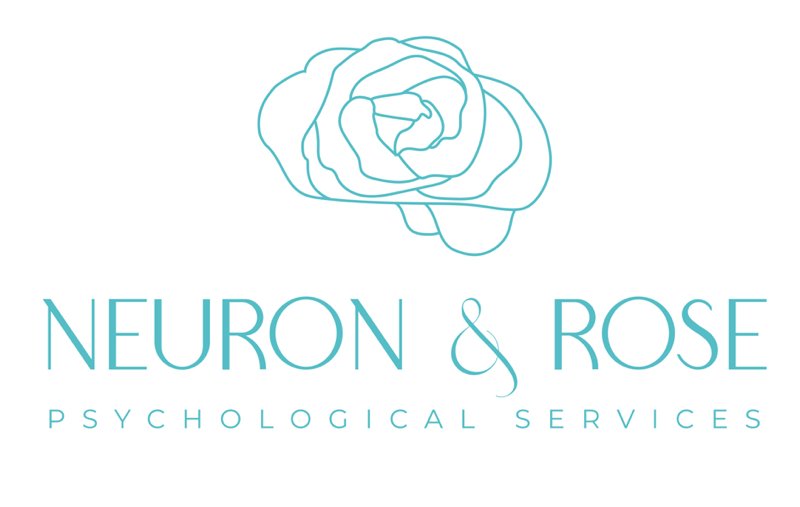2E: Exploring the Overlap of Giftedness and Autism
Ever noticed how a trait can be called "enthusiastic" in one context and "obsessive" in another? This intriguing dichotomy is where the worlds of Giftedness and Autism overlap. In the realm of understanding minds, language shapes perception. It's a narrative we're diving deep into—a world where traits dance along a spectrum, adorned with different perceptions. Let's talk about being 2E or twice exceptional and how traits walk a fine line between celebration and misunderstanding within a certain frame.
Shared Traits: Exploring the Overlap
Within the intricate web of Giftedness and Autism, there exists a fascinating array of shared traits—a meeting point where the line between the two often blurs. Traits like intense focus, passion, social selectivity, and an insatiable curiosity are facets seen in both Giftedness and Autism.
Where Autism and Giftedness converge is a plethora of characteristics including intensity, creativity, hyper-focus, and a profound sense of empathy find common ground. It's like discovering a mosaic where these traits coalesce, creating a mesmerizing blend that challenges conventional boundaries and perceptions. It’s an intricate dance between Giftedness and Autism, and we can appreciate the rich tapestry of shared attributes within this captivating intersection. However, this is also an where psychologists need to deep dive into when evaluating because it’s easy to see one and not the other.
The Language ERA: Giftedness and Autism
However, terminology used to describe these shared traits varies depending on the context. When referencing Giftedness, words like "enthusiastic" or "intense" are used to celebrate the depth and fervor in pursuits. However, with Autism, the same traits might be portrayed differently—often characterized through a checklist as "obsessive" or "rigid."
This distinction in language isn't just about semantics; it underscores a broader issue of perception. Deficits-based language, stemming from educational frameworks, impacts how these traits are perceived and allocated resources. It's an illustration of how language shapes understanding and influences the provision of vital support and programs.
The Veil of Masking: Strengths Concealing Struggles
In this intricate web of overlap, Autistic/Gifted folks exhibit a remarkable ability—a kind of cognitive chameleon act. They cloak their support needs with their cognitive strengths, like super masking! It's akin to having a powerful toolkit but choosing to conceal some tools, relying on their strengths to camouflage areas where they might require assistance.
Masking isn't merely camouflage; it's a testament to the adaptive skills these individuals possess. They utilize their intellectual prowess to navigate social environments and conceal areas where they might need additional support, often leading to under-recognition of their actual needs and challenges. This prevents folks from getting their needs met long term leading to immense burn out, and often they lose out on vital supports they could be receiving.
Embracing the Multifaceted Minds
The overlap between giftedness and Autism isn't confined to neat, distinct categories; it's a beautifully intricate tapestry, interwoven with shared traits and distinct experiences. It beckons us to reframe our language, recognize the strengths within these shared traits, and bridge the understanding gap between these diverse yet interconnected worlds. When correctly diagnosed, Autistic/Gifted folks can receive support they are entitled to and flourish without fear of burn out.
The overarching message resonates—a call for a fundamental shift in perspective. It's a plea to shed the deficit-based cloak and instead, embrace the diversity of minds. It's about acknowledging that perceptions influence resources and support, prompting a reconsideration of how shared traits are understood and celebrated within educational and therapeutic settings.
If you think you are Autistic and Gifted, we are now offering a Giftedness add-on to our Autism Evaluations. Contact us today.


